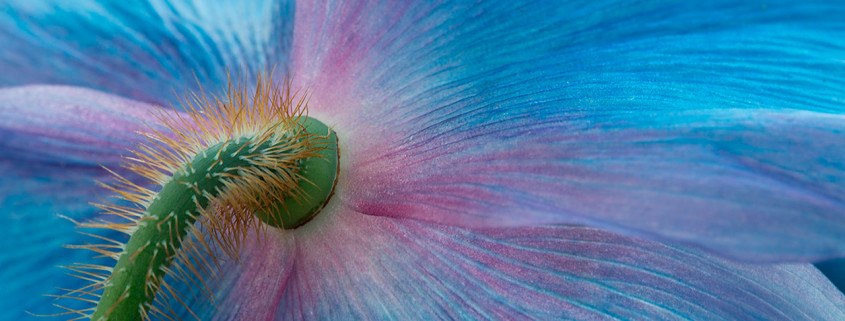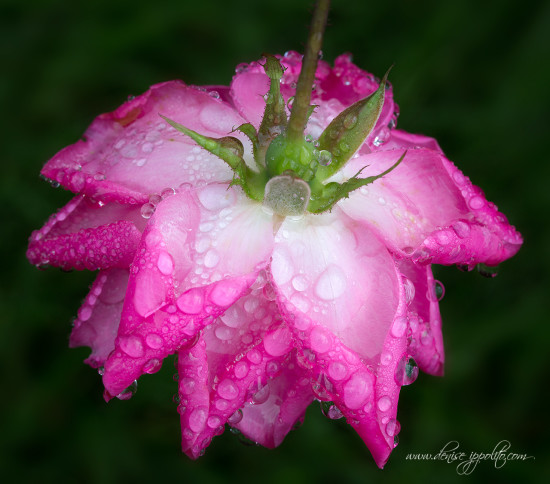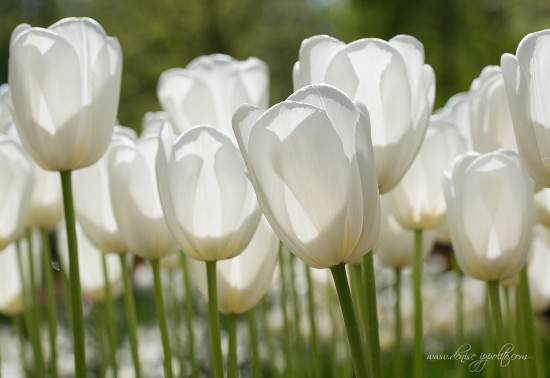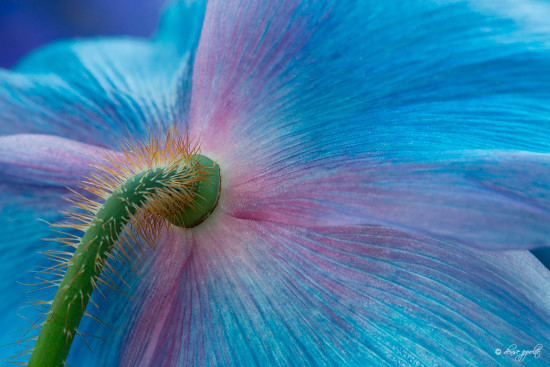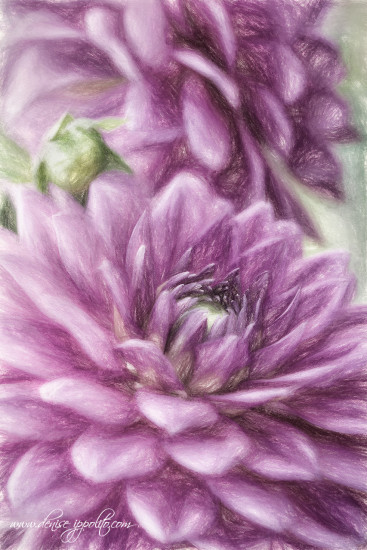Denise Ippolito – 3 Tips for Photographing Flowers
Denise Ippolito is best known for her Flower photography. Her website is full of stunning and often very creative flower photos. She has co-authored several eBooks about photographing flowers. Denise also leads photography workshops across the globe. This week InFocus Magazine decided to ask Denise how to get those amazing Flower shots.
Equipment Used
When photographing flowers I use the Canon 5D Mark III with the Canon EF 100mm f/2.8L Macro IS USM lens most of the time. I set my camera to One Shot AF mode and single frame advance. When hand holding, however, I will sometimes use rapid/continuous firing and AI Servo AF. I always work in manual exposure mode. I focus manually for many shots. Why? Focusing precisely on the thin edges or tiny parts of a flower can be difficult or impossible with auto-focus. When hand holding I am usually at ISO 400 unless it is very dark. An ISO as low as 100 is usually fine when working on a tripod. I use a tripod when it is absolutely needed but many times that is not an option. I love the freedom that comes with hand holding. It allows me to move around my subject easily to find a pleasing background. Do know that when I am hand holding, I bump my ISO up as noted above to increase the shutter speed; this helps me to create sharper images. I use Auto White Balance and Evaluative metering almost always. Natural light appeals to me and I use it for my flower photography 99% of the time. I also use reflectors and diffusers to help me control the light.
Light & Exposure
I like to use backlight to my advantage. One way to do this is to put the flowers between you and the light source—almost always the sun for me—and allow the flowers to diffuse the light. Tulips make great subjects as they tend to look like mini-lanterns.
Sometimes I will intentionally blow out the background by pushing my exposure all the way to the right so that the entire background is blinking on the back of my camera. You will need to have Highlight Alert enabled in your camera’s menu (unless it is on all the time by default). This will render the background completely white. Be careful not to have any blinking highlights on your subject.
Creative Post Processing
I also like to apply painterly effects to my photographs. Flowers make good subjects for such “paintings.” I use Photoshop plug-ins such as Topaz Impression or Alien Skin Snap Art to help me achieve the look I want. I will sometimes add a texture overlay to my painterly images before I put them through the plug-in. This can help to clean up a distracting background.
Having two or more flowers—or a flower and a bud—in an image often creates an intimate feel. I like images in which the flowers touch. And I like images where there is one main subject along with other supporting elements in the frame; the balance and tension that is often created in these cases can help you design powerful compositions.
We are delighted to announce that Denise had agreed to be a regular contributor to Visual Wilderness. If you are interested in learning more about photographing flowers check our Denise’s eBooks

